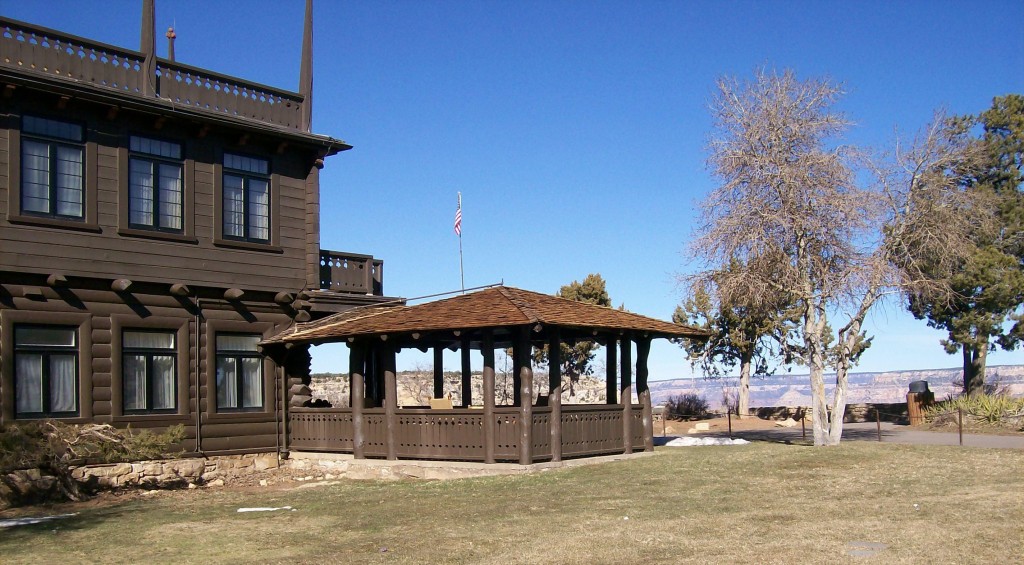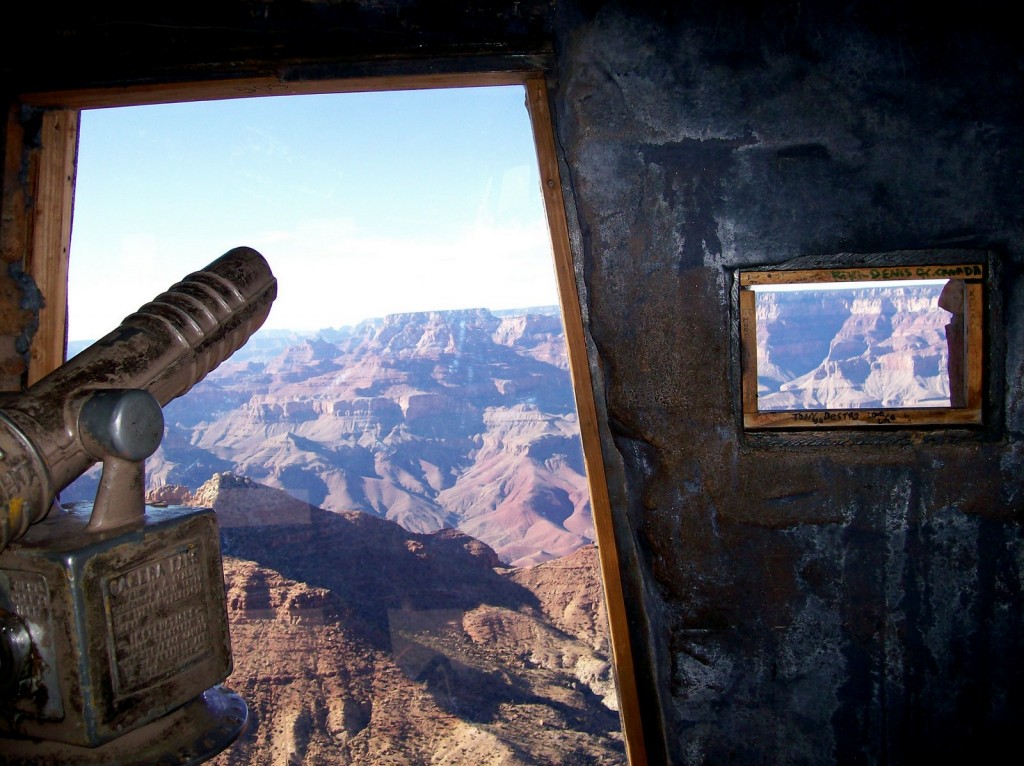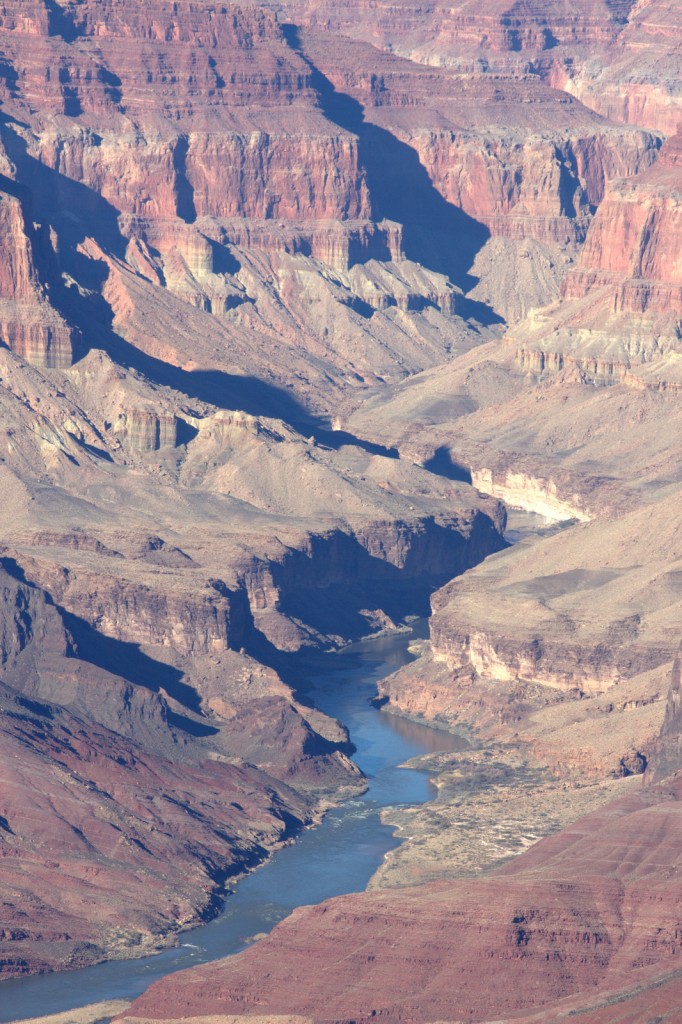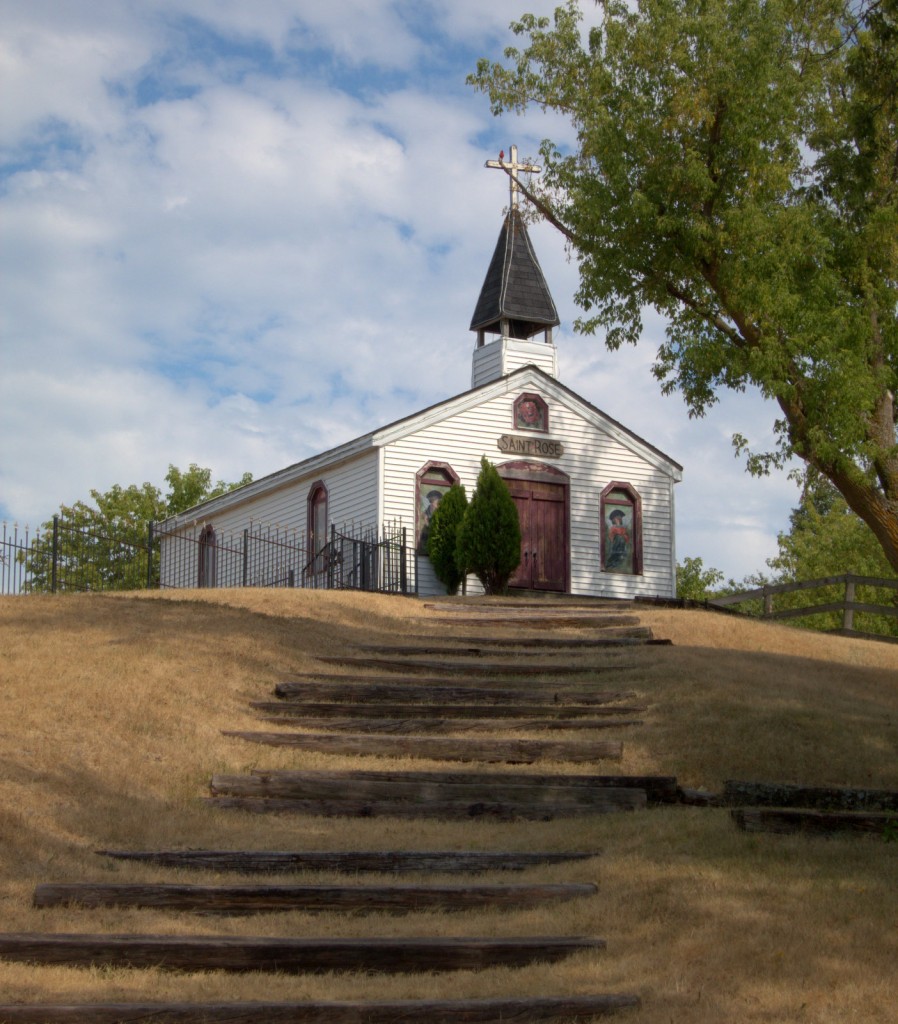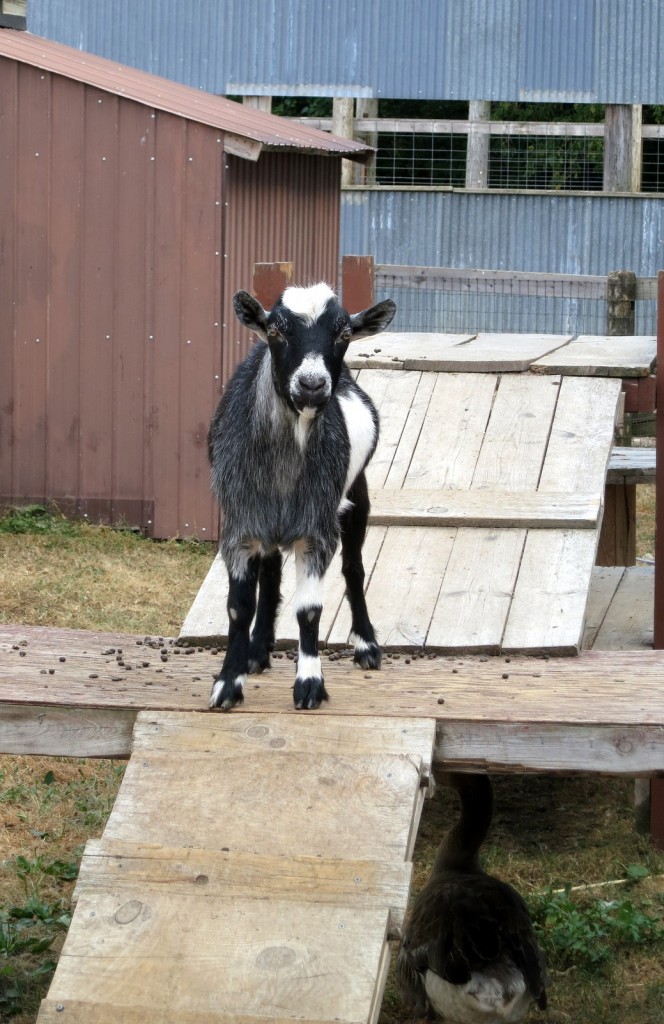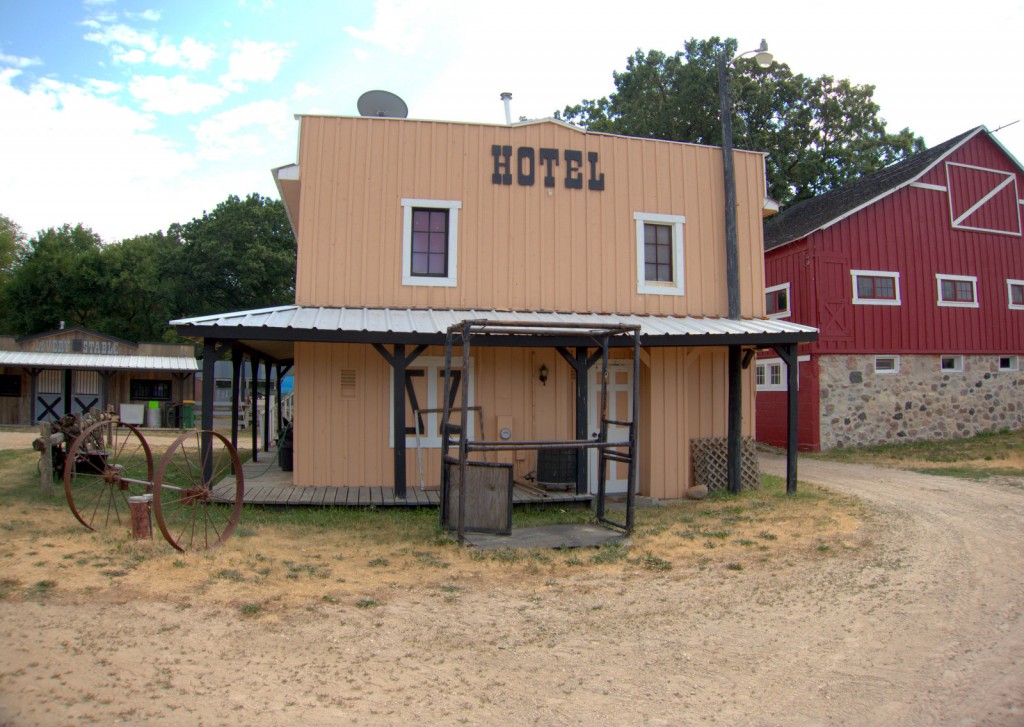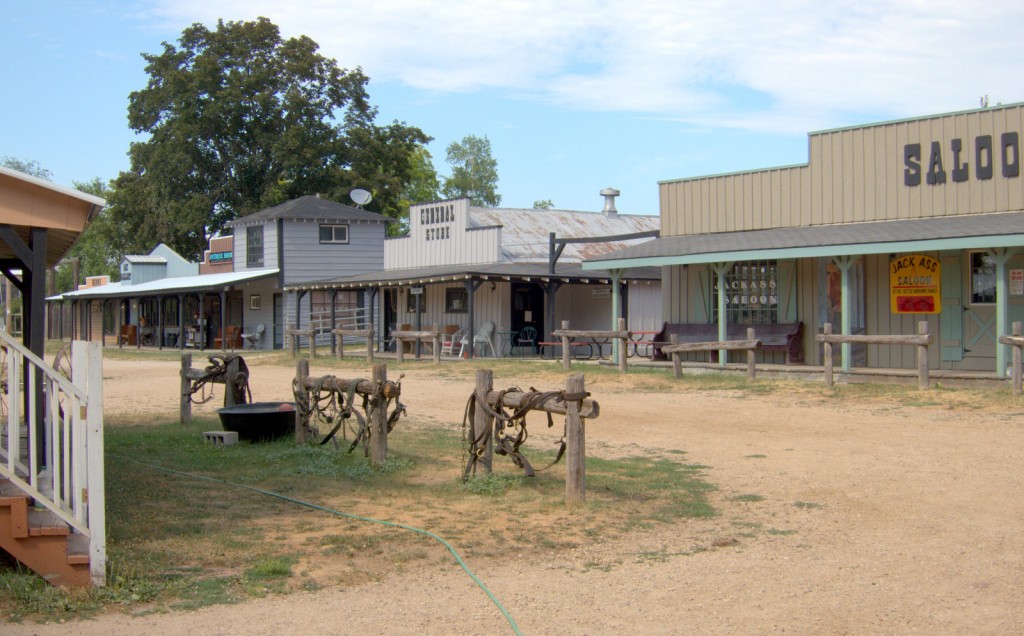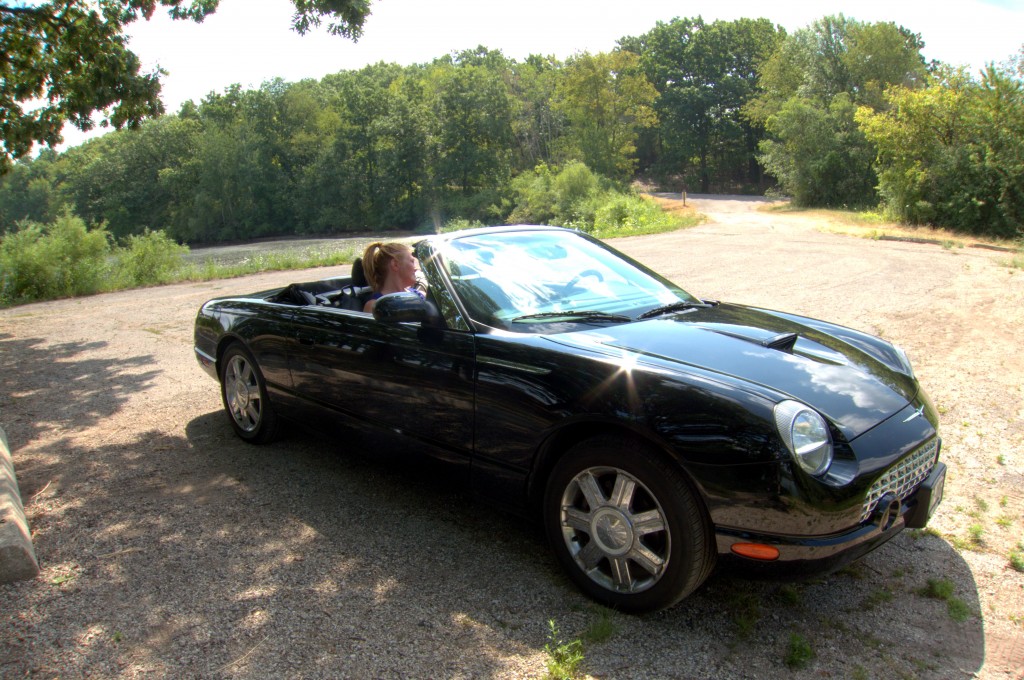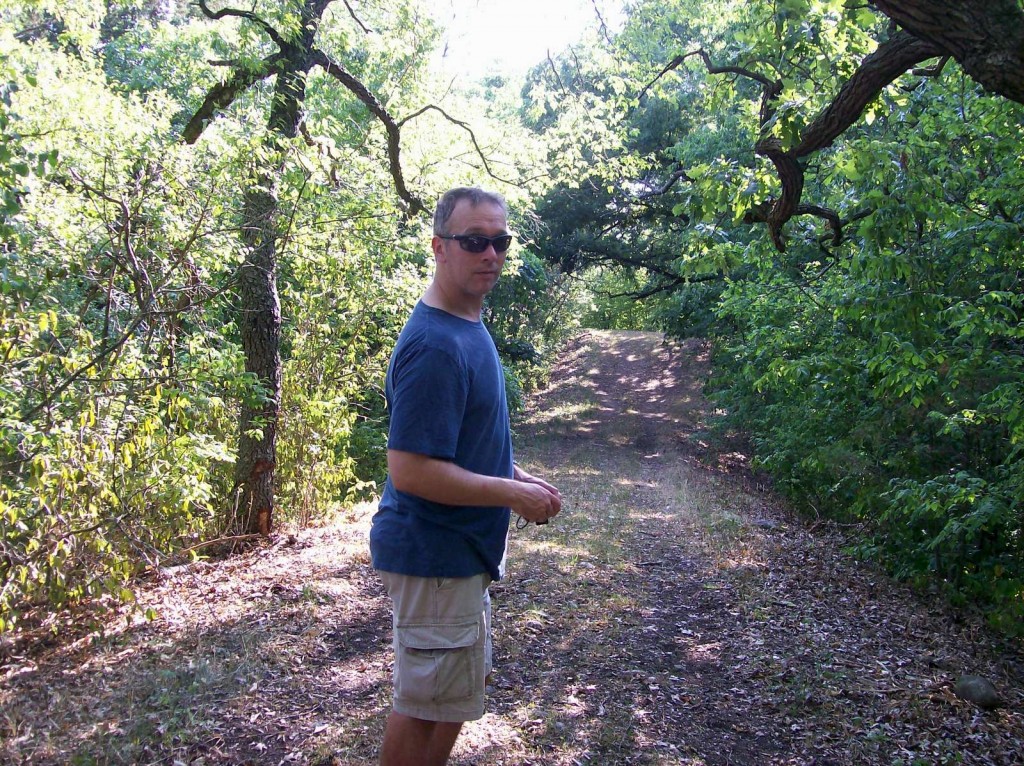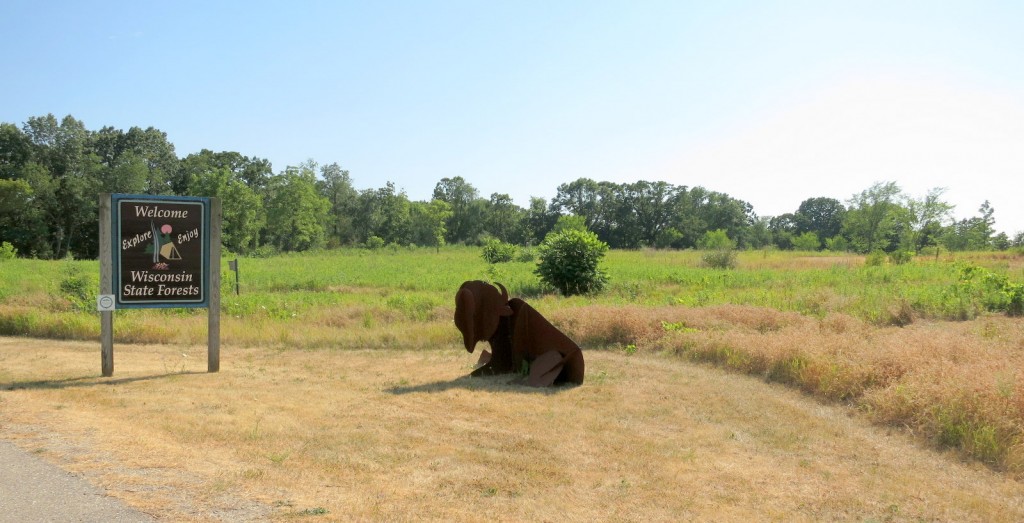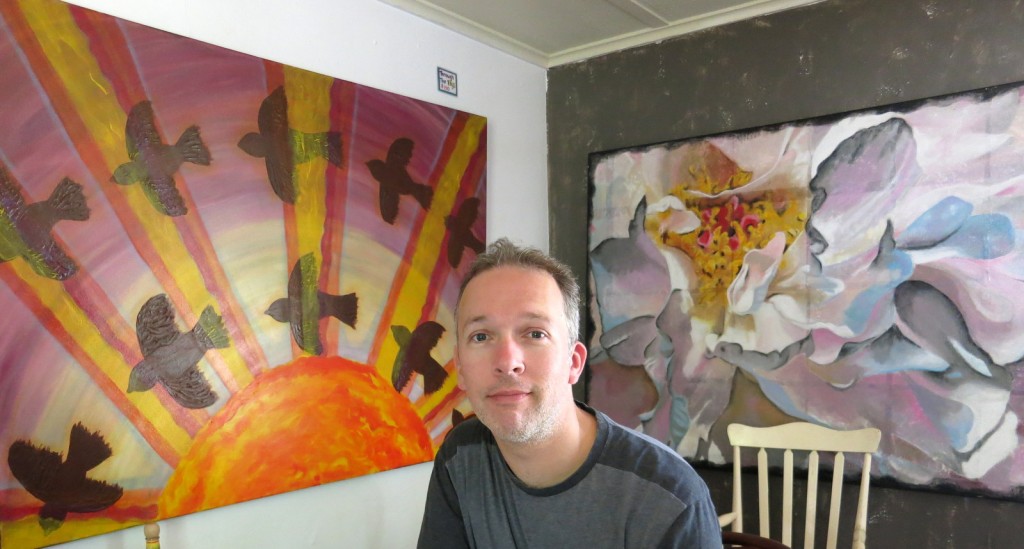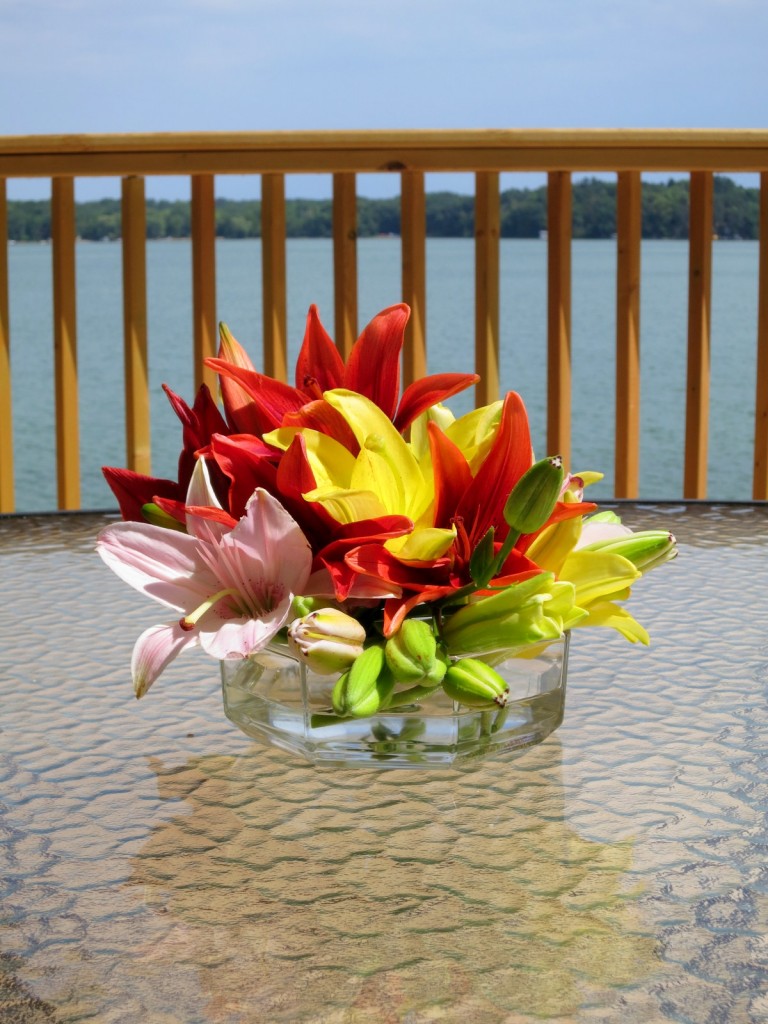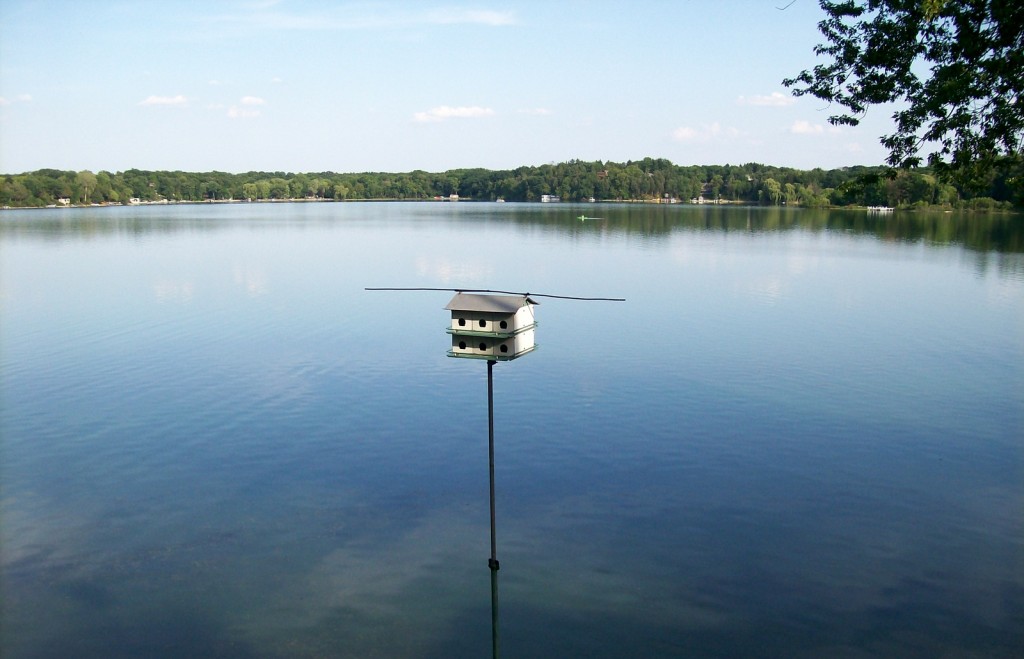The hotel is a registered national historic landmark located on the South rim. When we arrived we could not wait to look out over the magnificent canyon.
I’ve read it is generally fully booked, even during off season. We were very happy to be able to reserve a room in this alluring place that has hosted such luminaries as Theodore Roosevelt, Albert Einstein, Nicki Hurd and Andrew Leggett. :- ) I imagined them gasping and admiring the landscape.
It was January and nice to be there during the season that it is not its busiest. The cool air in the day was agreeable for hiking. At night there was a myriad of stars but it dropped below freezing. We enjoyed returning to the hotel in the evening, to this warm and cozy structure of native stone and Oregon pine. The Architect was Charles Whittlesey, who was the chief Architect for the Santa Fe Railway. It is an early example of the style that evolve into National Park Service Rustic architecture.
We had dinner and a breakfast in the Dining Room, a gourmet restaurant that is pricey but delicious with some seats that have a great view of the canyon. The Dinning Room is considered the “premier dining establishment at the Grand Canyon”. The meals, presentation, and the staff were exceptional, and really made it feel like a special occasion. The lounge was not as grand or as exorbitant, but the food was good.
Our room was located on the floor just above the mezzanine, which has an octagon shape, a sitting area with desks and tables and overlooks the entrance, which had a large lodge comfortable lounging area. Outdoors it has a lovely veranda, a front porch with rocking chairs, and around back there are porch swings. I could spend a lot of time relaxing there. January, 2011


